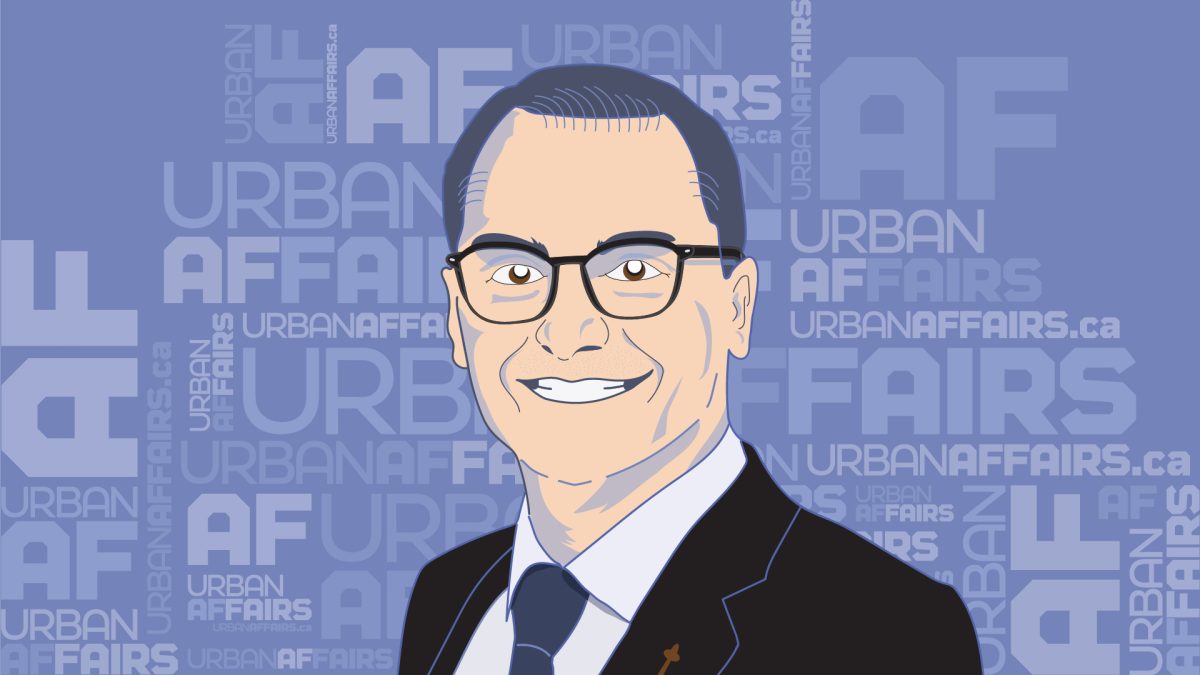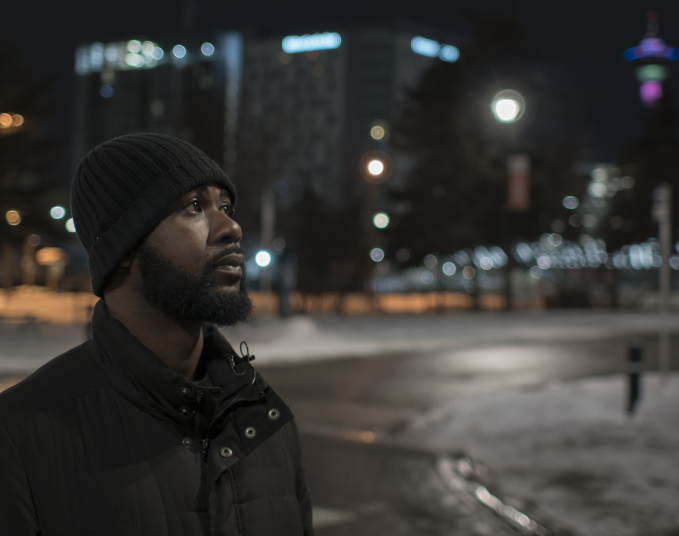Ask Joe Ceci about the relationship between the United Conservative Party and the province’s municipalities, and he won’t hold back.
“It’s been pretty ham-fisted,” he says. “The province has taken the approach of, ‘This is the funding agreement you will be under.’ There was no collaboration.”
Ceci was the province’s finance minister under former premier Rachel Notley, and is now the NDP’s critic for municipal affairs. While in government, the NDP negotiated City Charters Fiscal Frameworks with Edmonton and Calgary. The deals would have provided provincial funding for the city’s core capital infrastructure needs. The annual amount was tied to the financial fortunes of the province, so when provincial revenues went up, as they have this year, cities got more. When they went down, cities got less. The formula would also have been adapted for the province’s other 360 municipalities.
Leading up to the 2019 election, the UCP said it would honour the City Charters deals, but upon taking office, shelved them. The government promised to replace them with the Local Government Fiscal Framework (LGFF), but that agreement was delayed until 2024. The province has pledged $722 million in capital funding to all municipalities through LGFF in 2024, and more than half of that is expected to go to Calgary and Edmonton. But, in the meantime, provincial funding to municipalities for major infrastructure investments has gone through grants from the Municipality Sustainability Initiative. Those grants have been reduced by hundreds of millions of dollars per year in recent years.
“Municipalities are not ahead at all,” Ceci says. “In fact, they have less of a voice and less money than when Notley was premier.”
Ceci was also a Calgary city councillor for 15 years. Cities have very few avenues to raise money and cannot run deficits the way other levels of government can. And, the provincial government takes part of the education portion of a resident’s property tax bill.
Unlike provincial and federal governments, cities have to balance their budgets every year. They go through gruelling budget-setting exercises, as we’ve recently seen in Edmonton, to ensure that happens. At the same time, as the government closest to the people, municipalities get the most direct feedback on a community’s needs. Ceci says cities are best suited to make spending decisions, and that the quality of governance at the local level is second to none.
“I bristle when I hear people like Shane Getson or others in the UCP talk about municipalities being the children of the province, and if they don’t get in line they need to get spanked,” he says. He’s referring to an incident in March, 2022, when UCP MLA Shane Getson, member for Lac Ste. Anne-Parkland, was asked about municipal leaders and mask bylaws. He said municipalities should align with the province’s wishes or “maybe it’s time for somebody to get spanked.”
Edmonton City Councillor Tim Cartmell went through Edmonton’s recent city budgeting process. He didn’t vote for the new budget, which calls for property tax increases of five per cent in each of the next three years and of 4.4 per cent the next. He expects the LGFF to come in at a lower number than the City Charters deal would have, but is anxious to get the matter settled.
“Even if they were to establish the fiscal framework at a relatively low level, but in years like 2022, when there’s a bonanza of revenue, put some to debt, put some to savings, but put some to maintenance and renewal, I’d like to see that,” he says.
For context, the province is projecting a budget surplus of $12.3 billion this year, a welcome development that experts expect to continue in the coming years. Cartmell would also like to see the province’s portion of the education tax returned to the cities.
In October, the province did announce $63 million in new funding for addiction services over the next two years in Edmonton, and $19 million to reduce homelessness, and in December the province announced a “task force” to “address social issues through a coordinated response between the province, city and local partners.”
It’s a welcome development, but Ceci says it’s a stop-gap solution and not a long-term plan. “The long-term plan is supportive and deeply subsidized affordable housing for vulnerable populations and low income people,” he says. “The province has ripped up our plan for affordable housing and said the private sector will address the housing needs of Albertans. That has not happened.”
“Our approach was one of working with municipalities, starting with Calgary and Edmonton,” Ceci says. “We recognized where they had limited revenue sources and they needed to have a stable one going forward so they could plan, so they could count on what they were getting from the province instead of this ongoing series of grants that change from year to year.”
Savvy AF. Blunt AF. Edmonton AF.




